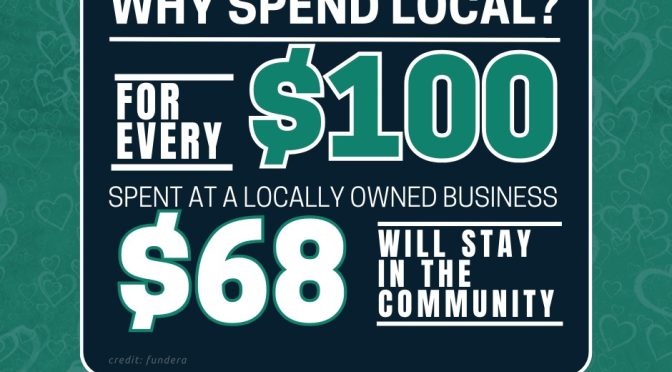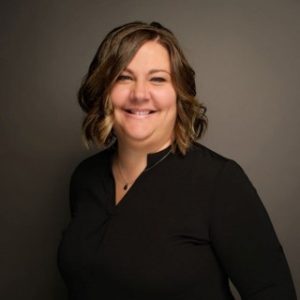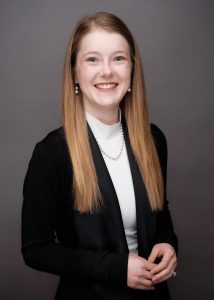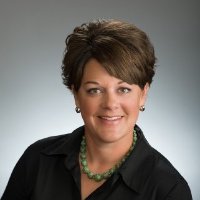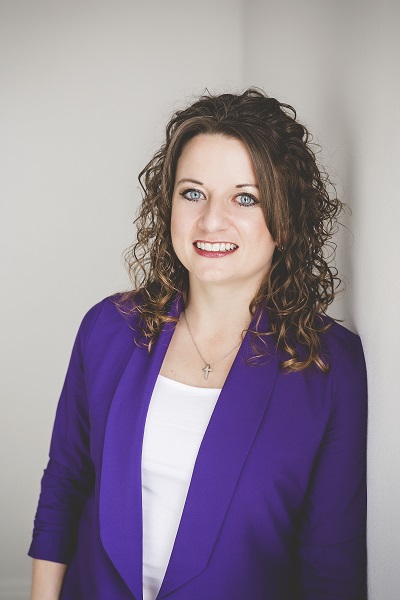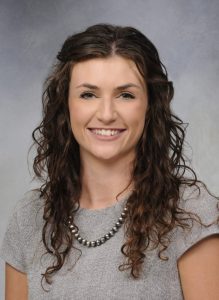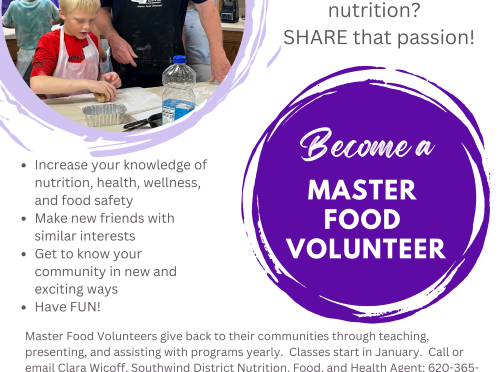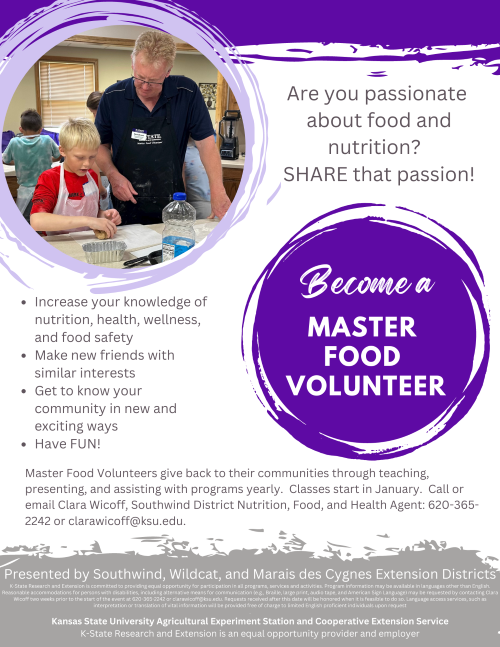The Fort Scott Area Chamber of Commerce is registered as a Neighborhood Champion for Shop Small, Small Business Saturday, a program initiated by American Express, according to Madison.
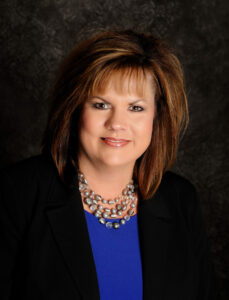
Neighborhood Champions work to rally the community to shop at local small businesses.
The Chamber has put together a Shop Small Passport that shoppers may pick up from local retailers this Friday and Saturday, she said. “If shoppers earn three or more stamps by purchasing $5 or more, they turn in the passport at their 3rd store for an entry to win $50 in Chamber Bucks. The drawing will take place on Tuesday, November 28th. Chamber Bucks can be used like cash at over 60 Chamber member businesses and restaurants.”
“If you don’t already, we ask you to Like and Follow the Chamber’s Facebook page, Fort Scott Area Chamber of Commerce,” she said. “We have been posting a social campaign over the last couple of weeks to illustrate the importance of shopping local and what a difference a few dollars spent per shopper can make! Some of those social posts have included the following messaging:
- “Per score.org, for every $1 you spend at a small business, 67 cents stays in the local community. Forty-four cents goes to the small business owner and employee’s wages and benefits and 23 cents gets reinvested in other local businesses,” she said.
- “Your $20 spent locally does more than purchase goods, it weaves a community tapestry, where every thread strengthens the whole. That same $20 circulates. You eat at a local restaurant and tip the wait staff, the wait staff then goes and gets a haircut, the stylist then goes and buys a cup of coffee, the barista then buys a candle at a gift shop, and so on. When you spend $20 online, that $20 is gone out of our community.
- “Ten dollars spent at a local store can have a sizable impact. It’s estimated that over $9.3 billion would be returned to our U.S. economy if every family spent just $10 a month at a local business. That’s not even one meal’s worth of spending a month! It’s only a few cups of coffee or a glass of wine a month. What a tremendous impact we could have if everyone could commit to that.”
“As you Shop Small over the weekend, be sure to pick up your Passport,” Madison said. “Have some fun and earn a chance to win while you’re supporting our local businesses are hit up year-round to sponsor events, support school fundraisers, and more. It’s our turn to give back to them.”
The Chamber received a limited amount of promotional products from American Express that is being distributed to locally owned Chamber member small businesses to use during Small Business Season, said Madison.
“In 2010, American Express started the Small Business Saturday effort to help direct consumer’s dollars to local businesses. The nationwide holiday is held the Saturday after Thanksgiving. Some ideas to help you shop locally this holiday season may include:
- Use a local print shop to see if they offer greeting cards or other unique gifts.
- Support local flower shops by sending unique holiday arrangements that can be displayed throughout the holiday season.
- Shop at local craft shows that showcase youth and Local Entrepreneurs. If your recipient likes to cook, buy a cookbook from a local fundraiser and attach dry ingredients to a new recipe.
- Purchase from local grocery stores or farmer’s markets for ingredients in your holiday meals.
- Purchase gift cards to local businesses, restaurants, and businesses of interest.
- Recognize your own talents that you may have as well to provide a heartfelt gift that may not necessarily be bought at a big box store.
